By Alex Trukan
Attacking through the wings is usually associated with the role of the wingers or full backs. Although, these two positions probably play the biggest role in creating opportunities from wide areas, players away and around the ball are also crucial in facilitating this type of attacking strategy. One of the key players indirectly involved when the ball is wide are central midfielders. Their role has couple of aspects. First of all they provide an opportunity to recycle the ball and switch side if needed. Another crucial job might be to provide support around the ball and help in creating an overload. Finally, the more offensive central midfielders would make runs inside the penalty box to try and finish from a cross.
Providing support around the ball and overloading wide areas
When the ball is played out into wide area, both full back as well as wide midfielder are pressurised and sometimes even doubled up by the opposition. The passing line between them is also usually in one vertical line what makes it easier to isolate and defend. That is why, support of one of the central midfielders is crucial to create a triangle and potentially overload the space around the ball in wide area. Position of the midfielder should be connected to both full back and wide midfielder, allowing them to use midfielder as a passing option.
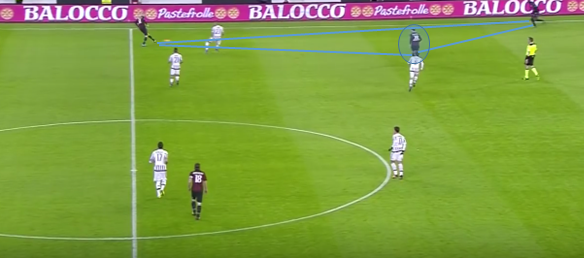
Recycling and switching play
It is extremely difficult to only utilise one wing for the attacks and at the same time, move the opposition to create gaps in between and penetrate. That is why, attacking through the wide areas should be always associated with switching play. Central midfielders play a key role in this process. When the ball is in advanced position in the final third, one of the midfielder should find a pocket of space to receive the ball and look for opportunities to penetrate on the opposite side of the pitch. Body position, first touch and a range of pass are crucial.
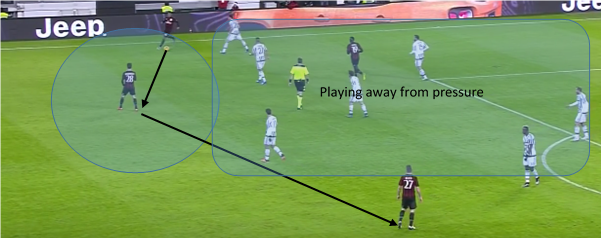
Isolating or supporting?
After the ball is switched to the opposite side, midfielders might choose to stay centrally and isolate winger and full back in wide areas in order to create 1v1 situations. In this case, the team would be looking to penetrate forwards quickly by combination play in wide area or a direct cross into strikers or midfielders.
Second option is to support the play on the wing after a switch. That provides opportunities to recycle the ball again, keep possession for longer before penetrating or combine into central areas. Supporting the wide players, however would mean that one of the midfielders still stays centrally to drag the opposition players away and be in a better starting position to make a run into the penalty box.
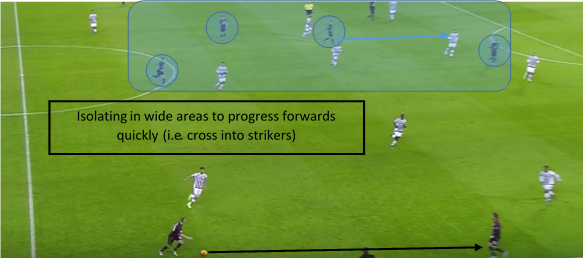
Support from behind
One of the midfielders should aim to provide defensive support by staying behind the ball on the ball side of the pitch (usually similar position to recycle play). That gives a bit of cover in case the ball is lost. Central midfielder supporting from behind should try and stay between the ball and opposition striker, screening the pass and preventing quick counter-attack.
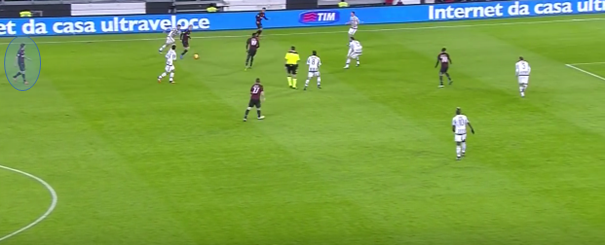
Forward runs
One of the key responsibilities of offensively minded central midfielders when the ball is wide is to make forward runs into and around the penalty box. Key area to exploit is the space between opposition full back and central midfielder. That will mean one of the opposition midfielders will have to track the runner leaving gaps in central areas or the runner will be left for the central defender or full back, both of which will have a massive trouble of dealing with it.
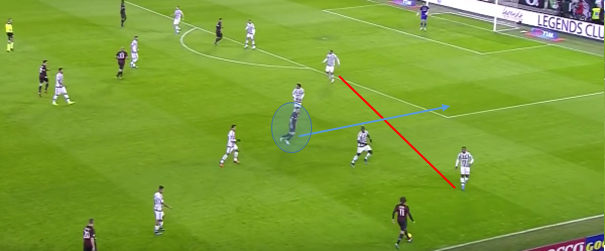
Second very popular and probably the most rewarding run of the central midfielder when the ball is played from wide areas is a movement into the penalty box. Midfielder should make 2nd tempo run what means he fills the gaps in line with the striker or stays in behind him and looks for cut back type of crosses or second balls.
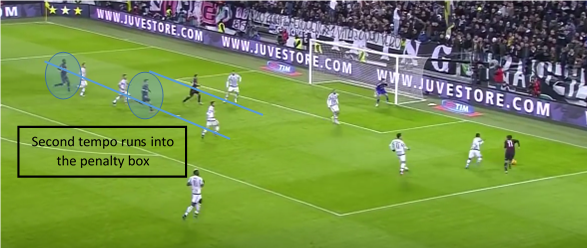
When coaching attacking from the wings (or any other topic), it is important to remember about focusing on players away from the ball which have an impact on that particular topic. Their involvement may seem less obvious and more indirect but players away from the ball often make the invaluable impact on the situations on and around the ball.
By Alex Trukan, Development Coach, Nottingham Forest
@AlexTrukan


